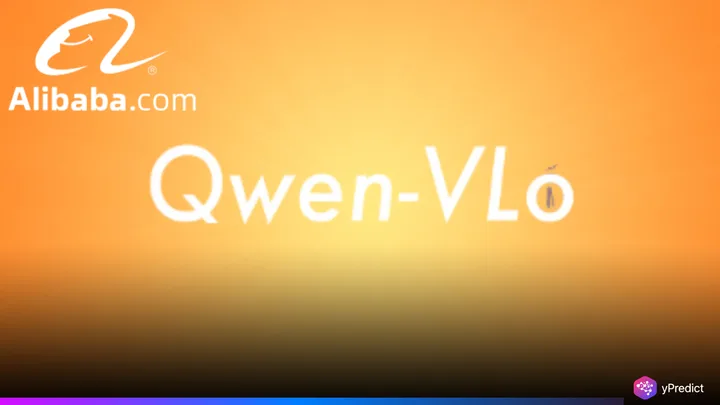
Alibaba has unveiled Qwen VLo, a new multimodal AI model designed to transform how users generate and edit images. The launch happened via the company’s Qwen Chat platform, where users can already test its features. Qwen VLo builds on the previous Qwen-VL series but adds major upgrades. These include better image consistency, smarter visual editing, and stronger language support.
For Alibaba, this marks a step toward making AI tools more useful and accessible across languages and industries. “We wanted to give users creative control without sacrificing quality,” a developer noted during the preview rollout. The tool arrives as generative AI tools face rising demand and scrutiny for reliability.
A Step Forward in Visual AI Creation
Qwen VLo introduces a “progressive generation” method that builds images piece by piece, both horizontally and vertically. This means it constructs an image from left to right and top to bottom, avoiding the random artifacts often seen in AI art. The model improves structural consistency by adjusting outputs step-by-step, instead of producing images all at once.
Users can generate entirely new images or edit existing ones with detailed control. It supports tasks like replacing backgrounds, applying artistic styles, and generating content from text prompts. One standout feature is its ability to maintain object structure while changing style or color, making it useful for design and content creation.
Unlike earlier models, Qwen VLo also supports multiple aspect ratios and resolutions, offering creators flexibility. It understands commands in Chinese and English, with the broader Qwen series supporting over 29 languages. According to Alibaba, this wide language base reflects its aim to support global users more effectively.
Early Results and Current Limitations
In early benchmark tests, Qwen VLo performed well against top competitors. It outperformed GPT-4 Vision in five out of seven industry-standard visual reasoning tasks. The model also scored high in document understanding and visual question answering, areas where Alibaba’s models are becoming more specialized.
That said, it’s still in its preview phase. Developers have cautioned that users may encounter occasional inaccuracies or incomplete visual outputs. “Consistency in AI image generation is a tough challenge,” one researcher noted. “Qwen VLo shows promise, but no model is perfect yet.” There are also broader industry challenges.
High computational costs can limit accessibility for smaller teams. And while Qwen VLo’s multilingual ability helps widen its reach, language diversity alone doesn’t solve all user concerns. Real-time performance, ease of editing, and realism remain hurdles. Despite this, users on Alibaba’s platform have responded positively, especially to the image-editing tools. Content creators say it saves time while keeping control over visual detail.
Qwen VLo Marks Technical Shift in Multimodal AI
Qwen VLo reflects a larger trend in AI: specialized multimodal models built for specific tasks. Where one model might excel in creative tasks, another may excel in speed or comprehension. Qwen’s progressive generation approach sets it apart by improving how images are constructed, solving a key limitation in generative design.
As industries explore new uses for multimodal AI, from marketing to healthcare, models like Qwen VLo offer more targeted solutions. Its success will likely depend on how well it continues to improve realism, control, and accessibility. In a crowded AI landscape, technical precision and human focus could define the next wave of breakthroughs.






